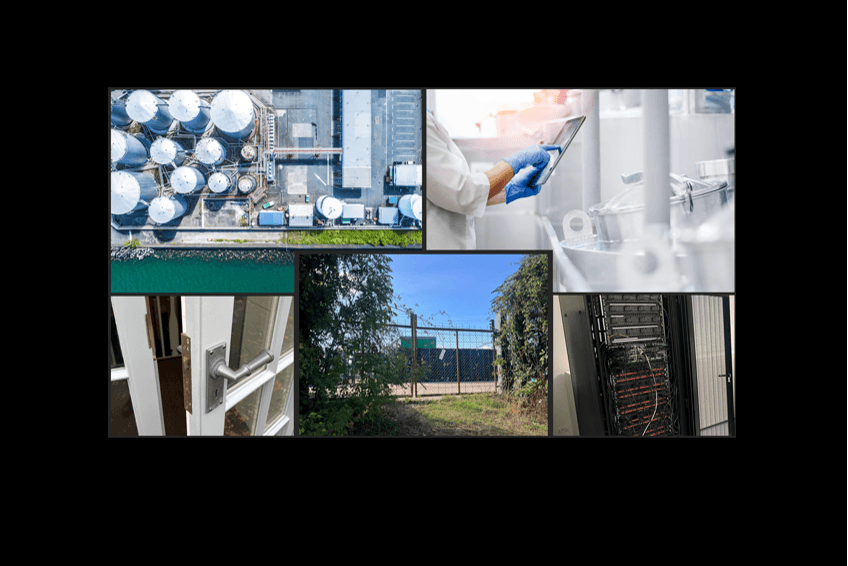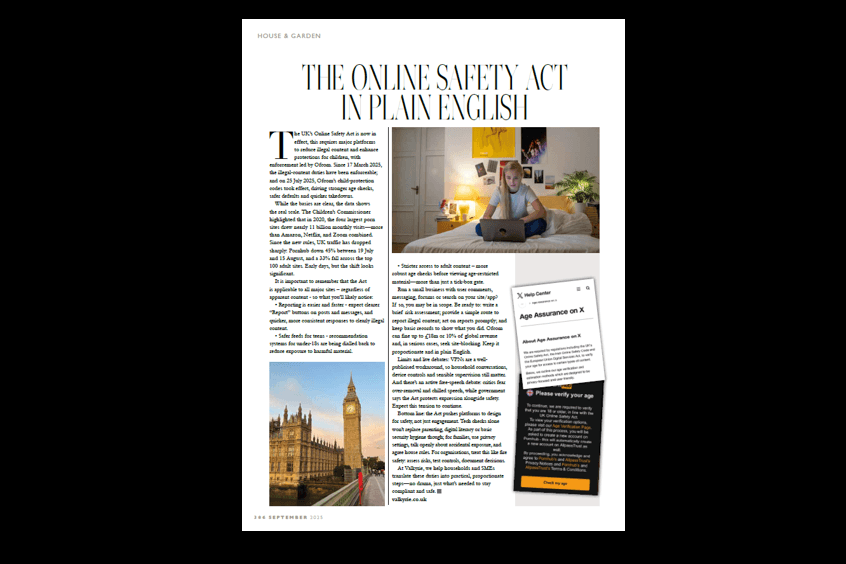When most people hear “critical infrastructure,” they think of airports, grids, or government sites. In practice, some of the most exposed assets are in the private sector.
Food plants, logistics hubs, private data centres, even the server rack in a family office. They rarely make headlines until something goes wrong, but when they do, the impact is immediate: disrupted supply chains, financial losses, reputational damage.
Threat patterns are shifting:
- Adversaries are moving downstream, bypassing hardened national targets for softer private ones.
- Attacks now combine physical entry, cyber compromise, and insider risk.
- Information itself has become a commodity, traded as readily as luxury goods.
In our recent work from stress-testing food production facilities to designing ops rooms and reviewing infrastructure, one pattern is clear: attackers rarely choose the obvious target. They exploit overlooked weaknesses because that’s where the greatest disruption lies.
Too often, “critical infrastructure” is framed only at a national level. For private firms, however, a single breach can have the same effect: broken supply chains, loss of trust, reputational damage that lingers long after the incident.
Protecting infrastructure isn’t about the assets everyone sees, it’s about the weak points no one notices until they fail. So, the real question is this: when was the last time you tested your security — physical and cyber — and could say with confidence it would hold under pressure.













